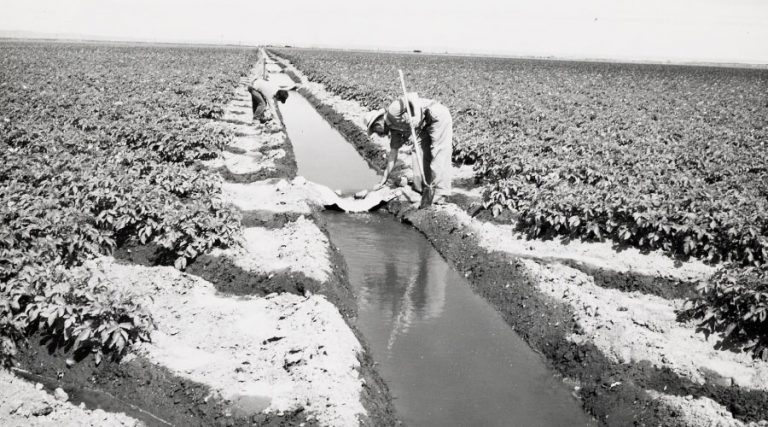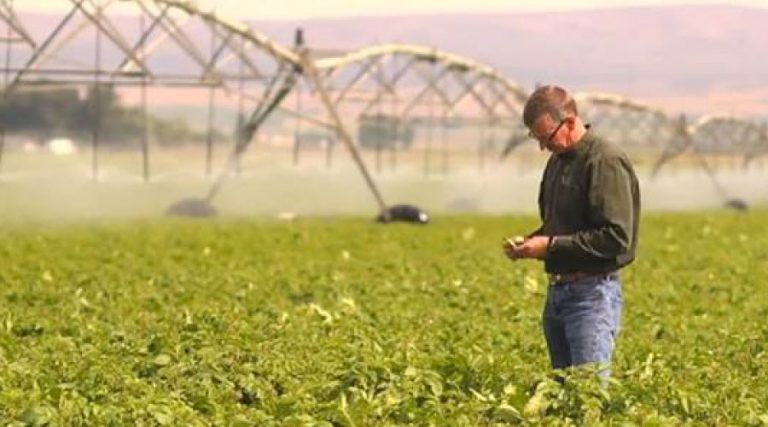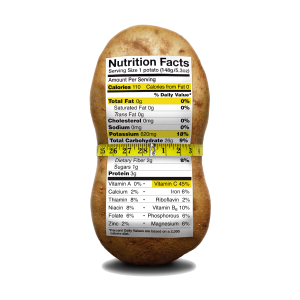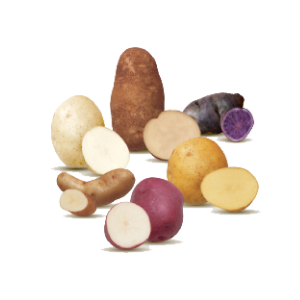![]() Form (A) - Worker Hygiene-Safety Training Log
Form (A) - Worker Hygiene-Safety Training Log ![]() (Word File)
(Word File)
![]() Form (B) - Worker health and hygiene sign-off English
Form (B) - Worker health and hygiene sign-off English![]() (Word File)
(Word File)
![]() Form (Bsp) - Worker health and hygiene sign-off Spanish
Form (Bsp) - Worker health and hygiene sign-off Spanish![]() (Word File)
(Word File)
![]() Form (C) - Visitor Sign-In Log
Form (C) - Visitor Sign-In Log![]() (Word File)
(Word File)
![]() Form (D) - Field-Permanent Sanitation Unit Service Log
Form (D) - Field-Permanent Sanitation Unit Service Log![]() (Word File)
(Word File)
![]() Form (E) - Illness-Injury Reporting Log
Form (E) - Illness-Injury Reporting Log![]() (Word File)
(Word File)
![]() Form (F) - First Aid Monitoring Log
Form (F) - First Aid Monitoring Log![]() (Word File)
(Word File)
![]() Form (G) - Well Water Testing Log
Form (G) - Well Water Testing Log![]() (Word File)
(Word File)
![]() Form (H) - Surface Water Testing Log
Form (H) - Surface Water Testing Log![]() (Word File)
(Word File)
![]() Form (I) - Wild and Domestic Animal Monitoring Log
Form (I) - Wild and Domestic Animal Monitoring Log![]() (Word File)
(Word File)
![]() Form (J) - Manure Applications Log
Form (J) - Manure Applications Log![]() (Word File)
(Word File)
![]() Form (K) - Soil Testing Log
Form (K) - Soil Testing Log![]() (Word File)
(Word File)
![]() Form (L) - Equipment Sanitation Service Log
Form (L) - Equipment Sanitation Service Log![]() (Word File)
(Word File)
![]() Form (M) - Processing-Packing Line Water Log
Form (M) - Processing-Packing Line Water Log![]() (Word File)
(Word File)
![]() Form (N) - Water Treatment Log
Form (N) - Water Treatment Log![]() (Word File)
(Word File)
![]() Form (O) - Storage Building Inspection Log
Form (O) - Storage Building Inspection Log![]() (Word File)
(Word File)
![]() Form (P) - Storage Pest Management Log
Form (P) - Storage Pest Management Log![]() (Word File)
(Word File)
![]() Form (Q) - Storage Condition Log
Form (Q) - Storage Condition Log![]() (Word File)
(Word File)
![]() Form (R) - Truck Checklist Log
Form (R) - Truck Checklist Log![]() (Word File)
(Word File)
![]() Form (S) - Land Use Risk Assessment Revised ii 2011
Form (S) - Land Use Risk Assessment Revised ii 2011![]() (Word File)
(Word File)
![]() Form (T) - Mock Recall Log
Form (T) - Mock Recall Log![]() (Word File)
(Word File)
![]() Form (U) - Field Production Crop Disposition for Traceability
Form (U) - Field Production Crop Disposition for Traceability![]() (Word File)
(Word File)






